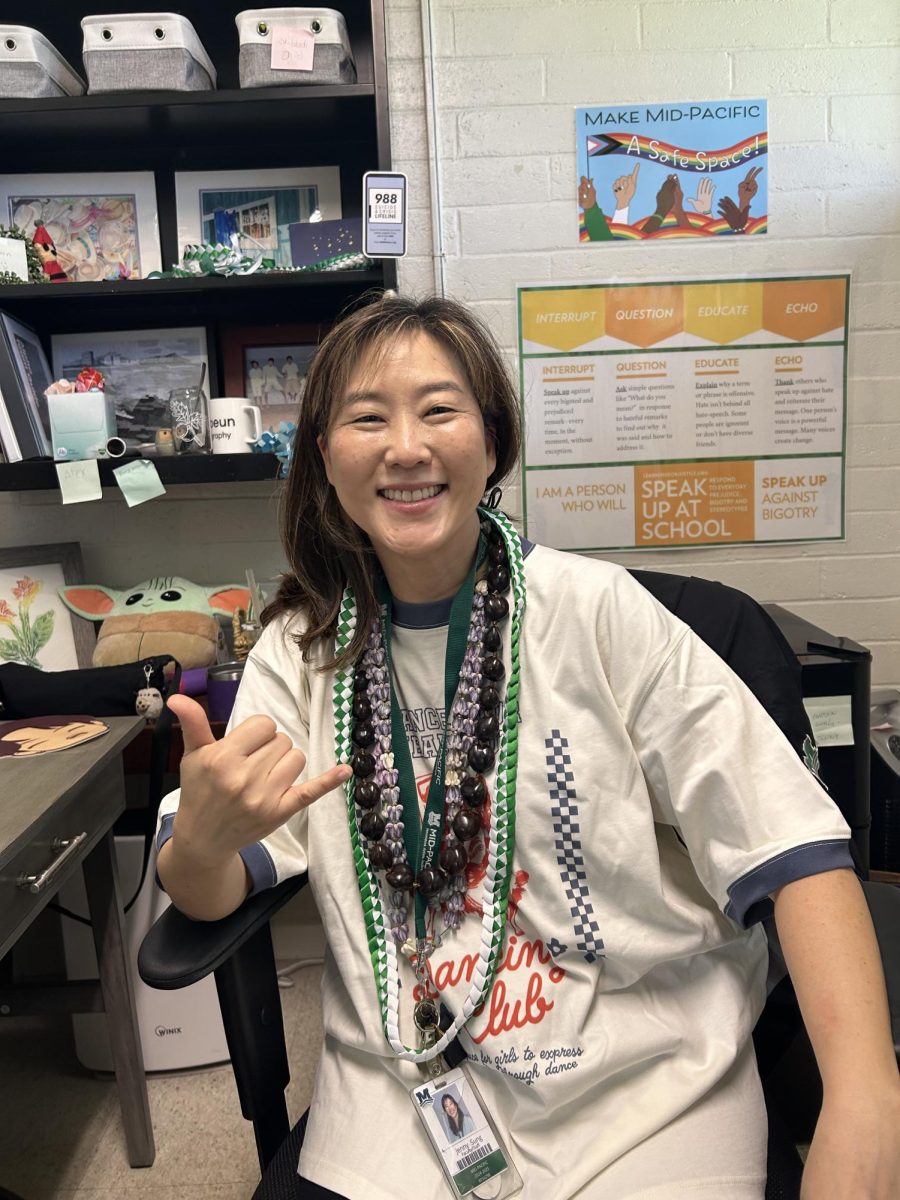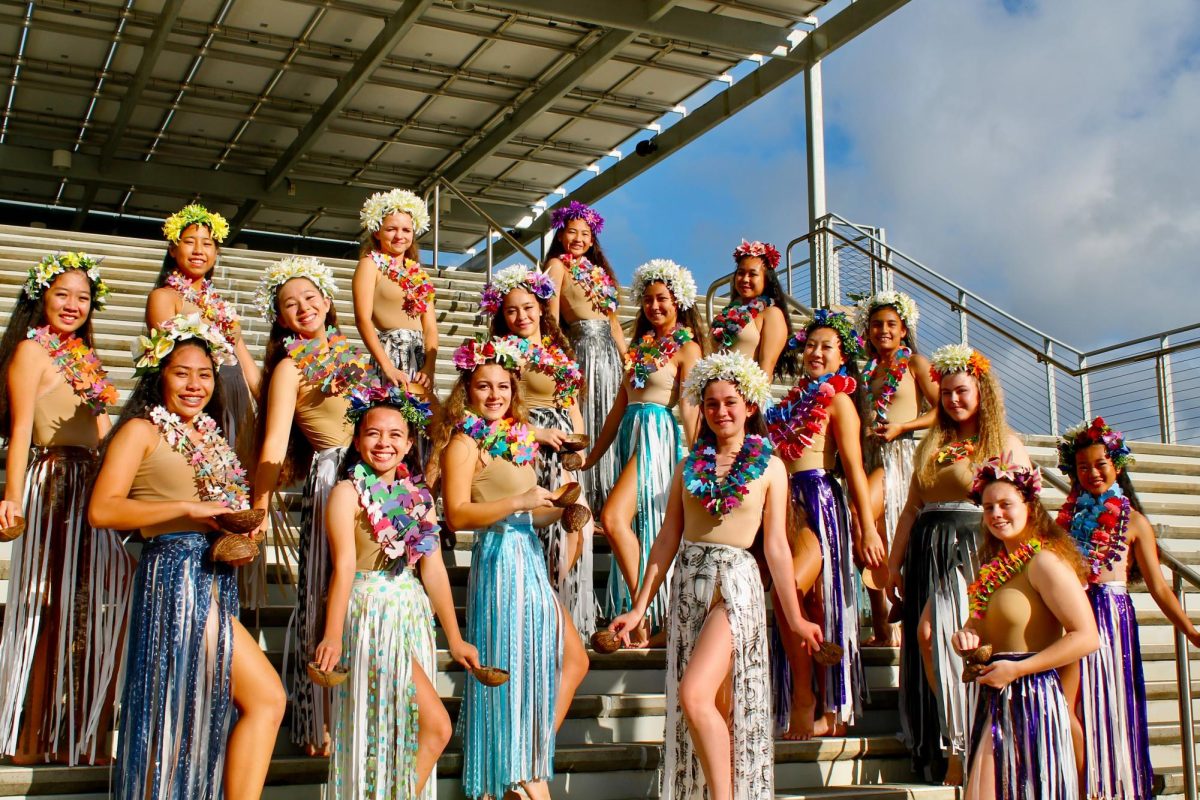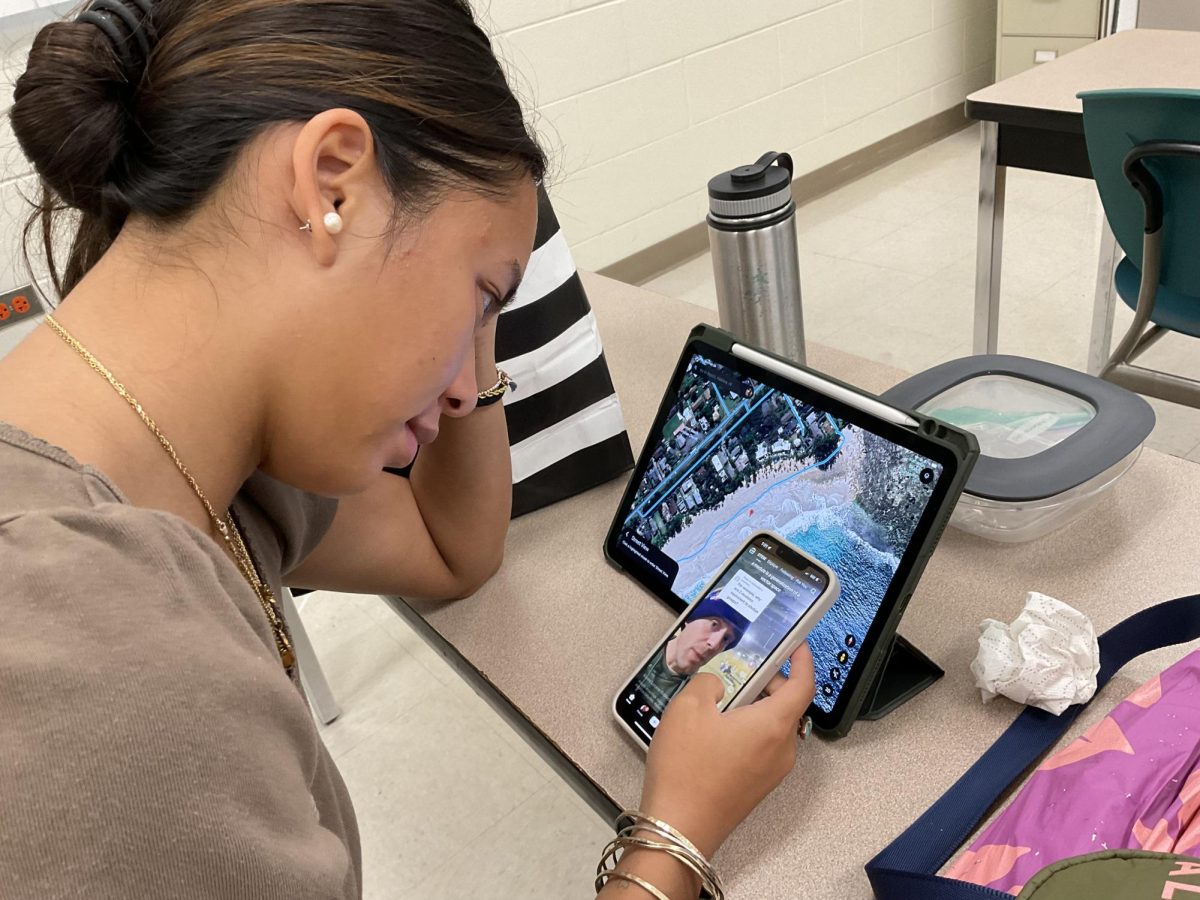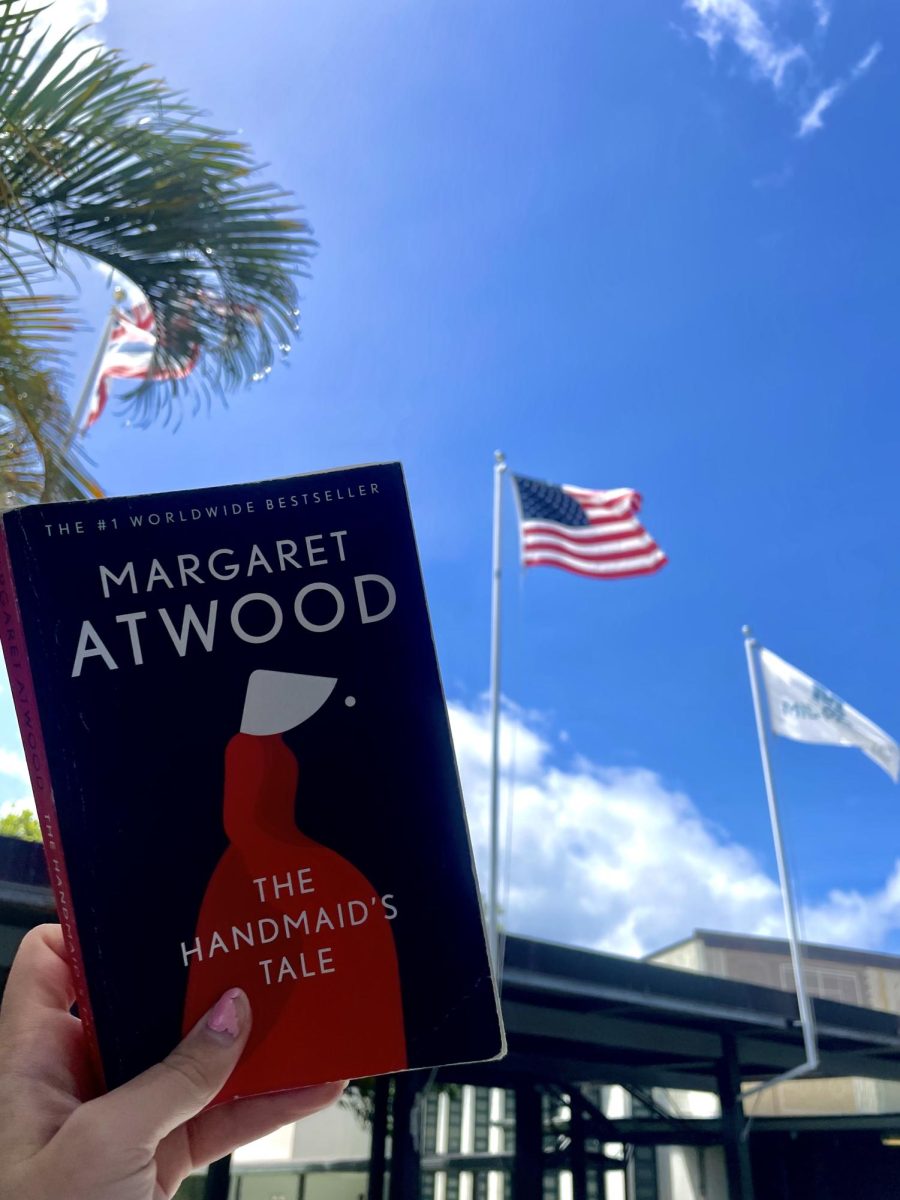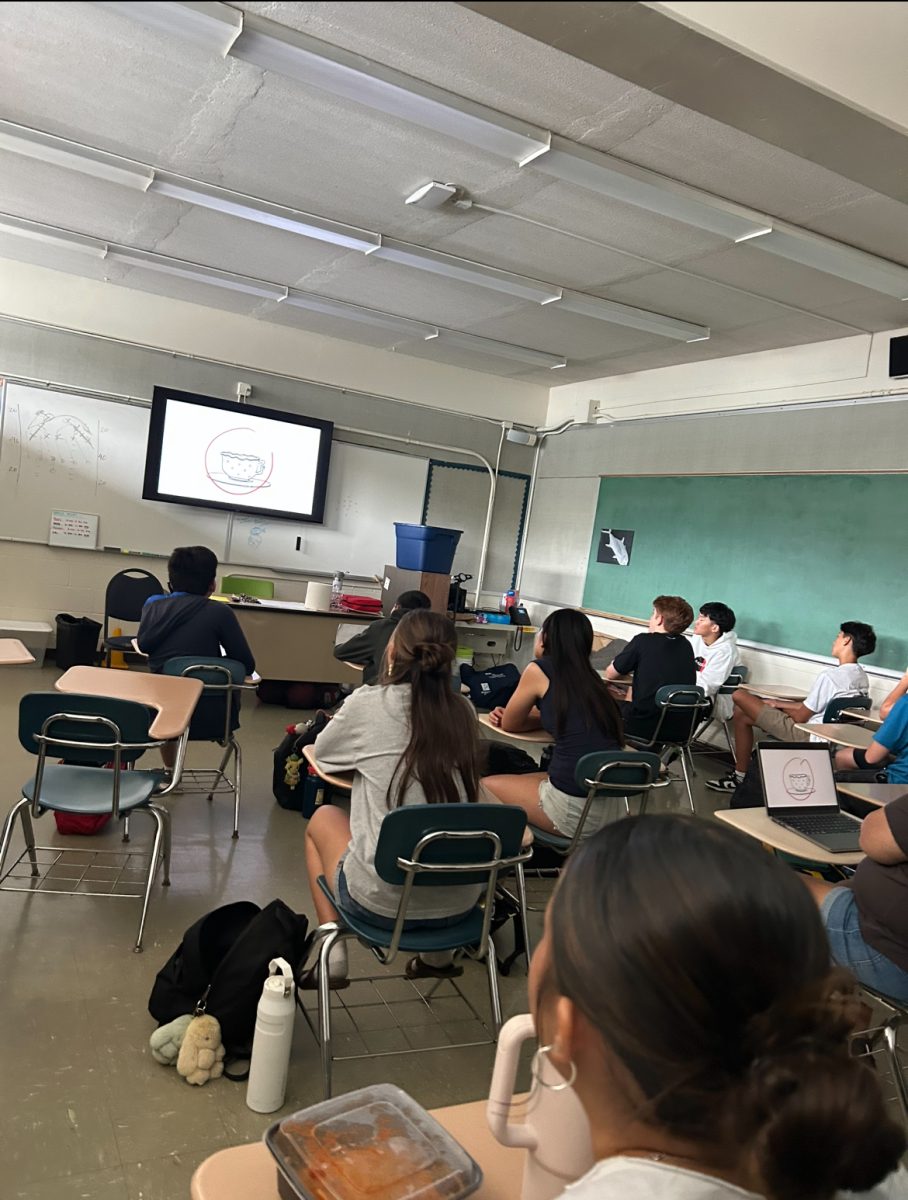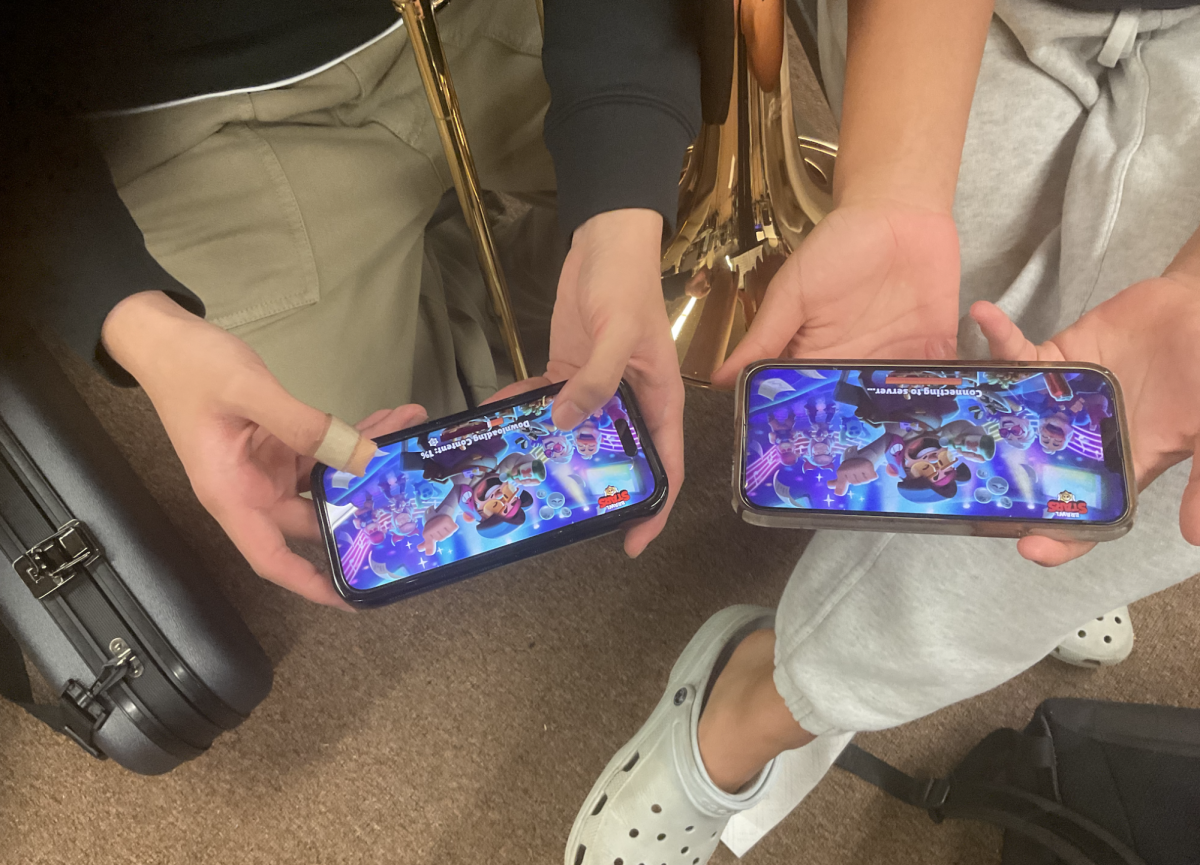There is a rising conflict roaming around campus, specifically regarding the new enforced dress code and phone policy. Students have different opinions regarding the standards held upon these new rules.
However, the administration, deans, and teachers have stated that the purpose of having a dress code on campus is to sustain a professional learning environment in a classroom and it is required to have on campus.
“There needs to be a dress code because a lot of students don’t understand what they think is acceptable is not acceptable outside and if we’re not really enforcing it then we’re saying it’s okay. And then once they leave campus, they don’t really get told about the wrongs,” Science teacher Michael Valentine said.
Yet most of the seniors believe the no-tank-tops rule was unfair, especially with the recent heat of the weather.
“[Shoulders are] such an unprovocative area of the body and considering the climate where we live, it’s just kind of unrealistic to tell everyone not to wear tank-tops when it’s hot,” senior Skye Choi said.
Freshman Celina Woo has agrees that the dress code affects her because it prevents her from wearing something she enjoys or feels confident in
“I can’t wear short jeans or any shirts that I like to wear,” Woo said.
Sophomore Dean Carly Ibara agreed that the no-tank-tops rule is a harsh decision due to the climate in our area, but assures she is making an effort to make the environment a fair place despite it.
“I’ve definitely seen statistically the girls being more dress coded. I myself do dress code boys though. They unfortunately come flying under the radar more, but I do personally think that if that girl is not allowed to wear tank-tops then neither are you,” Ibara said.
Assistant Principal Rebecca Hodge said that dress code rules have been changed several times, but the thought process behind the regulation of covered stomachs and shoulders had already in the handbook when she came to Mid-Pacific.
“[The regulation was] part of the dress code in the handbook when I started, [and] I started last year. It was my first year, so the dress code had been changed several times in the last few years and that was already in the dress code when I came,” Hodge said.
Senior Dean Camille Lesnick has stated that the language of the handbook isn’t gendered. While a popular student belief is that the elimination of crop-tops and tank-tops are gender specific, Lesnick insists it is not, as boys aren’t allowed to wear tank-tops as well.
“Some of them are not gender specific, like boys aren’t to wear tank tops to school either. Some of them are not meant to be gender specific, generally I think the tank tops and crop tops feel gender specific, but the language in the handbook is not gendered,” Lesnick said.
However, Hodge also has confirmed that thicker tank tops are more acceptable.
Senior dean Camile Lesnick agreed on seeing females are being more dress coded than males, but comments on the male students getting dress coded as well.
“Probably young women, I haven’t had too many, just a few, but there have been male students who have been dress-coded as well, but probably more young women,” Lesnick said.
While tank-tops and crop-tops are a large reason why girls and boys are dress coded, open-toed shoes are another surprisingly large issue.
“I’m not really sure, but I see a lot of boys because they have slippers. I can’t give you an exact percentage, but I think girls and boys are dress coded often,” Hodge said.
Another issue surrounding the new dress code policy is the forced changing. When a student gets sent to the dean’s office for dress code violation, usually they will ask if you have extra clothing or to ask a friend. If you don’t, they will go to the middle school office to grab a polo shirt for you to change into. The office doesn’t carry extra bottoms, so instead they will call home to send over another pair.
However, the flaws in this plan are the times when deans make the students change into something over an outfit that doesn’t need to be changed, or forcing students to wear something they may be uncomfortable in.
“Sometimes I get it, they take you to the office because they say your skirt is way too short and you have to change, but sometimes it’s over something so ridiculous that they make you change into clothes that you’re probably not comfortable in,” Choi said.
Lesnick also sends emails to the parents of students in violation.
“I’ll just send an email to a parent with a copy of our dress code just saying the dress code violation. The main thing is that we don’t want to disrupt learning, so it’s like putting on another shirt, covering up, and going back to class,” Lesnick said.
Many students want to wear what they’re confident in as long as there is nothing inappropriate, and believe in the importance of feeling comfortable in the identity they display through their clothing.
“I think people should be able to wear what they want to a degree as long as there’s no profanity,” senior IJ Cua said.
Another enforcement recently established on campus is the new phone policy that has now been enacted and successful for many teachers. Both Ibara and Lesnick have not received any emails or calls about it being an issue.
Administrators are working to enforce the phone policy because of how they can easily become huge distractions to students.
Mid-Pacific’s main point about having a dress code and phone policy on campus is to ensure everyone is in their professional behavior in learning spaces, and to help students and teachers focus in their learning environments distraction-free.
These rule changes alleviate some teachers’ concerns and are here to stay.
“Now, we are going to enforce it and we actually have rules, finally,” Valentine said.







